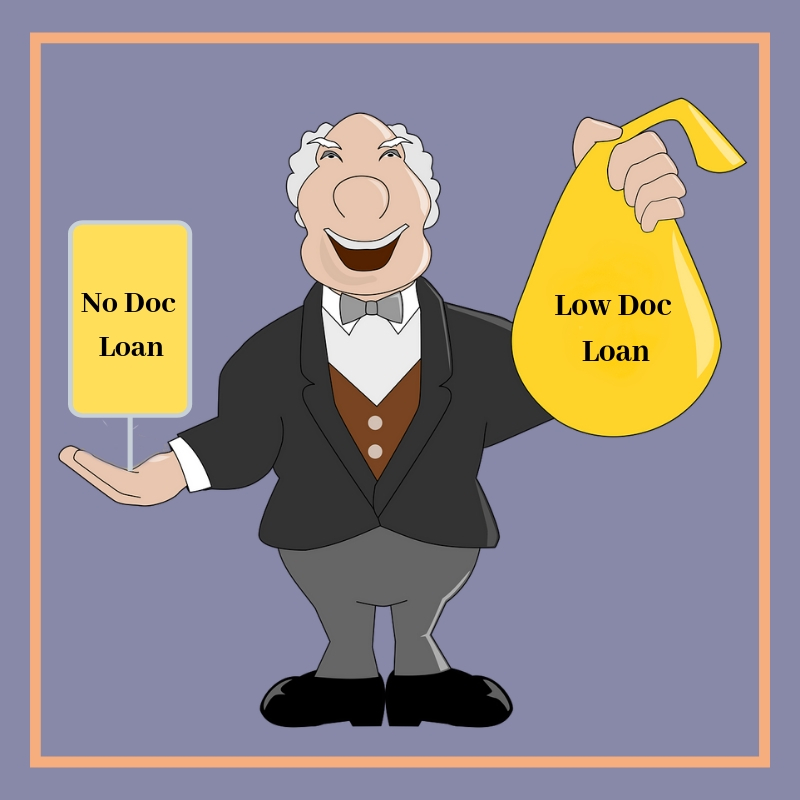There’s a big misconception among individuals about low doc loans. They consider low doc loans as no-doc loans. This is not correct and there are several differences. Both low and no doc loans are the type of home loan options where self-employed people do not need to submit a bunch of documents to prove their income. These loans are basically meant for self-employed people who have issues in presenting their latest tax returns as income proof. On the other hand, many of these people have no problem in providing other documents such as their latest banking statements.
Both these types are different and so are their terms and conditions. In order to know more about both of these, let’s have a look at the actual conditions one needs to follow for applying low doc and no doc loans.
Low doc loans
Low doc loans can be applied in the case when the applicant is self-employed and can’t provide up-to-date proof of income returns. Here, they can apply for a low doc loan where they need to submit less income documents to prove their loan eligibility. Low doc means you have to present main income documents to the loan lender to demonstrate that you can repay the debt on time. Usually, the income documents include bank statements, BAS statements and/or an Accountant statement.
To apply for a low doc home loan, you have to be prepared with the –
Good credit record
If you maintain a good credit record, there are fewer chances your loan will be declined by the lender. If the lenders find everything is in good shape, they are more than likely trust you for the rest of the application. Credit issues will just make them scrutinize your application further and attract additional penalties.
Alternative Proof of Income
Some form of income proof is mandatory. If you don’t have much income proof your application will be scrutinized further and attract additional penalties.
Consistent Income
Self-employment can come with a higher risk. Here, the self employed can sometimes have fluctuating earnings and Lenders want to avoid borrowers who will struggle to make repayments during difficult months. If you have an imbalance of income streams over time, then Lender may scrutinize your application further to see how you manage your cash flow from more profitable months.
N0-doc loans
This is quite similar to low doc loan. One difference is that you don’t need to submit any income documents as proof. All you need is a solid declaration that defines your capability of loan repayment. The declaration simply determines “can you afford the loan to repay”. Since this declaration would no longer conform to the National Consumer Credit Protection Act 2009 regulations, normal consumers would no longer be able to apply for such a loan, however non-consumer type borrowers and/or non-consumer type purposes may be eligible. For example, a company as a borrower, using its company property as security.
There is a higher risk in no-doc loans as the lenders don’t have any documents as income proof. Along with this, these loans come with a higher rate of interest that a borrower needs to pay for the requested funding. The major fact is that these type of loans typically only last six to twelve months.
Conclusion:
This was all about low doc loans and no doc loans. The facts discussed are the major differences between both of them. You can explore more about these terms to know better about each product.

